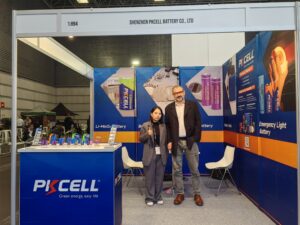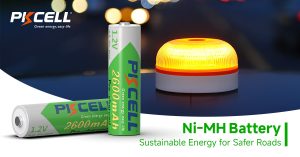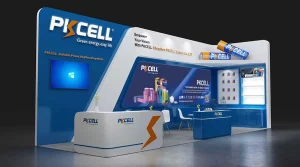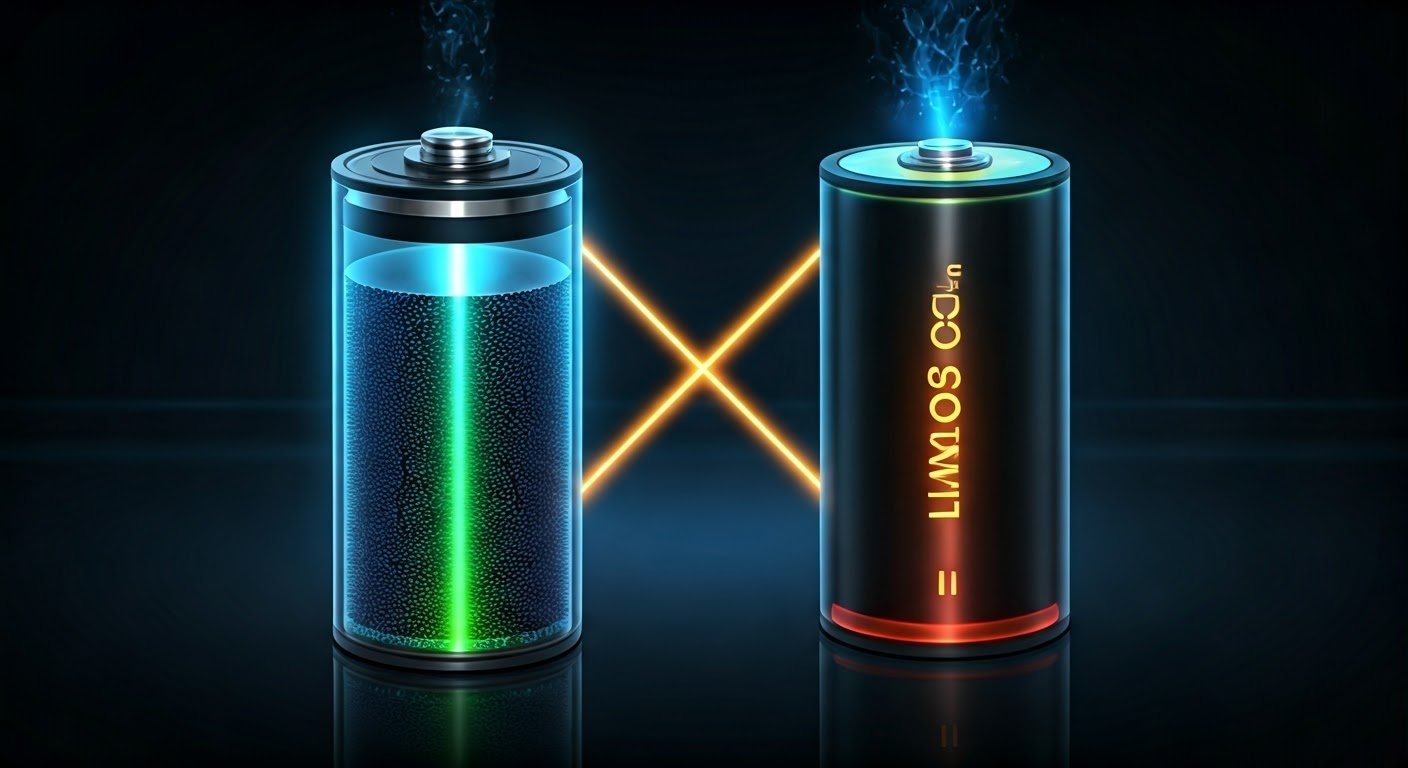
Key Highlights
- Primary lithium batteries, like LiMnO2 and LiSOCl2, are non-rechargeable power sources known for their high energy density and long shelf life.
- These batteries, such as remote sensors and medical devices, excel in applications requiring low to moderate current draws over extended periods.
- LiMnO2 batteries are known for their pulse discharge capability, while LiSOCl2 boasts a wider operating temperature range.
- Understanding each battery type’s unique characteristics and applications is crucial for selecting the right power source for your specific needs.
- Proper handling and disposal of primary lithium batteries are essential due to their chemical composition.
Introduction
With years of experience in the lithium battery industry, Pkcell is committed to ensuring the utmost satisfaction of our customers. Our unwavering focus on quality and innovation has solidified our position as one of the leading providers of primary lithium batteries, specifically LiMnO2 and LiSOCl2. In this comprehensive guide, we will delve deeply into the intricacies of these batteries, empowering you to make informed decisions regarding your power source requirements.
Understanding Primary Lithium Batteries
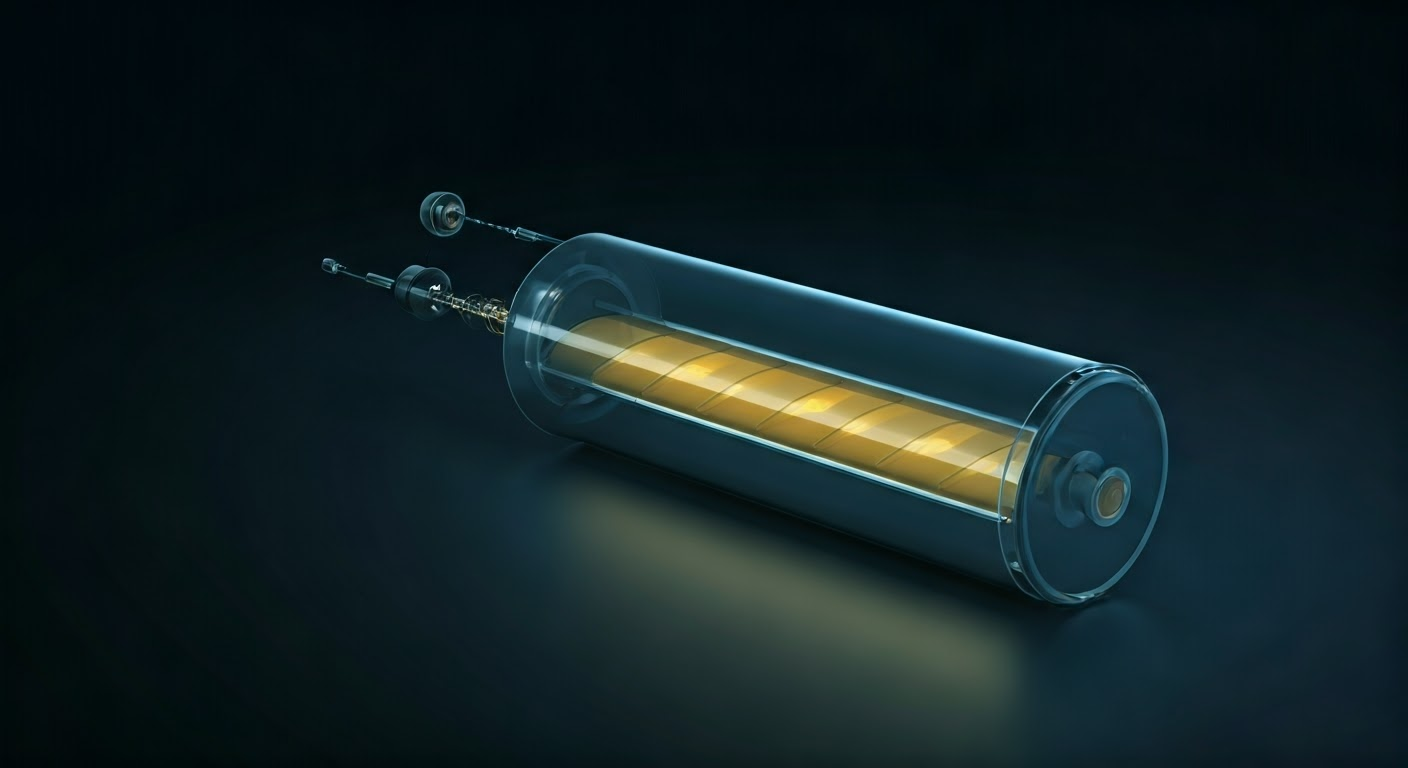
Primary lithium batteries are power sources that cannot be recharged. They use lithium metal or lithium alloy for the anode. These batteries are made for one-time use and have specific benefits that suit certain situations.
Unlike rechargeable batteries-Lithium-ion Batteries, primary lithium batteries cannot be recharged. They must be thrown away once they run out of energy. Their special chemical makeup leads to great features like high energy density(650Wh/kg), a long shelf life(10+ Shelf Years), and the ability to work in very hot or cold (Extreme) conditions.
The Basic Structure of Primary Lithium Batteries

Lithium thionyl chloride (Li-SOCl2) batteries are a type of primary battery, meaning they are non-rechargeable. They consist of the following components:Anode: The anode is made of lithium metal, which serves as the source of lithium ions during discharge.
- Cathode: The cathode material is liquid thionyl chloride (SOCl2), which also acts as the electrolyte.
- Electrolyte: Thionyl chloride serves a dual role as both the cathode and the electrolyte solvent, facilitating ion movement between the electrodes.
- Current Collector: A porous carbon structure is often used as a current collector to facilitate electron flow.
This configuration allows Li-SOCl2 batteries to have high energy density and long shelf life, making them suitable for applications requiring reliable power over extended periods
Principle of Discharge
For example, the discharge process in Li-SOCl2 batteries involves several key reactions:
- Anode Reaction: At the anode, lithium metal undergoes oxidation, releasing electrons and forming lithium ions: Li→Li++e−
- Cathode Reaction: The thionyl chloride at the cathode undergoes a reduction reaction, where it reacts with lithium ions and electrons to form lithium chloride (LiCl), sulfur (S), and sulfur dioxide (SO2): 2SOCl2+4Li++4e−→4LiCl+S+SO2
- Overall Reaction: The overall chemical reaction can be summarized as 4Li+2SOCl2→4LiCl+S+SO2
Key Differences Between Lithium Primary and Lithium-ion Batteries
Primary lithium batteries and lithium-ion batteries both use lithium’s power, but they serve different purposes. Primary lithium batteries cannot be recharged and are meant for one-time use. In contrast, lithium-ion batteries can be recharged many times.
A key feature of primary lithium batteries is their passivation characteristic. This means that when they start to discharge or are just stored, a thin protective layer forms on the lithium anode. This layer helps reduce self-discharge. As a result, primary lithium batteries have a much lower self-discharge rate than lithium-ion batteries. This leads to a much longer shelf life for primary lithium batteries.
Additionally, primary lithium batteries usually have a higher open-circuit voltage than lithium-ion batteries. This happens because they use different materials for the cathodes and electrolytes, which changes the electrochemical potential difference between the electrodes in each type of battery.
Lithium primary batteries are ideal for applications where long-term reliability without maintenance is crucial, while lithium-ion batteries are favored for their rechargeability and suitability for high-drain applications. Understanding these differences can help select the appropriate battery type for specific needs.
| Feature | Primary Lithium Battery | Lithium-ion Battery |
| Single-Use | Rechargeable | Long-term storage and low-drain-water/electric meter, smoke alarm |
| Anode Material | Metallic Lithium | Typically Graphite |
| Cathode Material | Metal oxides | Lithium Metal Oxide |
| Applications | Long term storage and low-drain-water/electric meter, smoke alarm | Portable Electronics |
| Environmental Impact | More concerns | Safer |
Exploring LiMnO2 and LiSOCl2 Batteries
Let’s focus on two important types of lithium batteries: Lithium Manganese Dioxide (LiMnO2) and Lithium Thionyl Chloride (LiSOCl2). Both of these batteries are popular for many uses because of their unique features.
LiMnO2 batteries are known for their high energy and for working well in short bursts of power. They are great for devices that need extra energy quickly and are also budget-friendly compared to LiSOCl2 batteries. On the other hand, LiSOCl2 batteries last a long time and can withstand very high or low temperatures. This makes them suitable for uses where reliability over time is key.
Characteristics of Lithium Manganese Dioxide (LiMnO2) Batteries
Lithium manganese dioxide (LiMnO2) batteries are highly regarded for their exceptional power capabilities. With a high discharge rate, they are ideal for devices that require minimal power consumption, ensuring efficient performance. These batteries exhibit versatility by operating effectively across a broad temperature range, making them suitable for various environments. One of their standout features is their impressive longevity, with a lifespan of up to 10 years, providing long-term reliability.
The unique qualities of lithium manganese dioxide batteries make them a popular choice for applications such as gas and water meters, security systems, and remote control alarms. Their reliability and durability contribute to maintaining the highest levels of customer satisfaction. Additionally, these batteries are lightweight and compact, making them easy to integrate into different devices without compromising performance. Overall, lithium manganese dioxide batteries continue to be a preferred power source for a wide range of electronic devices due to their efficiency and longevity.
Unique Properties of Lithium Thionyl Chloride (LiSOCl2) Batteries
LiSOCl2 batteries, known for their exceptional longevity of up to 10 years, are highly regarded for their reliability and performance across various temperature conditions. The passivation attribute of LiSOCl2 batteries is a key factor in their sustained functionality over extended periods. This property proves especially advantageous in low-power devices where efficiency is paramount.
With the capability to store significant amounts of energy, LiSOCl2 batteries are ideal for applications in remote areas or systems that are challenging to maintain, such as remote control alarm systems and smart water/electric meters. These batteries ensure a consistent power supply even when subjected to continuous high-level usage, making them a preferred choice for demanding environments that require reliable and long-lasting energy solutions.
Difference between LiMnO2 and LiSOCl2 Batteries
While both LiMnO2 and LiSOCl2 batteries belong to the primary lithium battery family, they possess distinct characteristics that differentiate their ideal use cases. Understanding these differences is crucial for selecting the appropriate battery chemistry for a specific application.
One notable difference lies in their discharge profiles. LiMnO2 batteries excel in delivering high pulse discharge currents, making them suitable for devices requiring short bursts of power. In contrast, LiSOCl2 batteries, with their extremely low self-discharge rates and high energy density, are better suited for providing a continuous discharge current over an extended period.
Another key difference lies in the passivation characteristic of lithium thionyl chloride. While both battery types exhibit passivation to some extent, it is more pronounced in LiSOCl2 batteries, leading to an even lower self-discharge rate and, consequently, a longer shelf life. Additionally, the storage condition can significantly impact both battery types, and it’s essential to store them in a cool, dry environment to ensure their longevity.
| Feature | LiMnO2 | LiSOCl2 |
| Nominal Voltage | 3.0V | 3.6V |
| Discharge Current | High pulse | Continuous, low to moderate |
| Energy Density | High | Very high |
| Self-Discharge Rate | Low | Extremely low |
| Price | Cheap | Expensive |
| Operating Temperature | -40°C to +85°C (-40°F to +185°F) | -55°C to +85°C (-67°F to +185°F); some models up to +150°C (+302°F) |
| Typical Applications | Cameras, watches, toys, wireless devices | Remote sensors, metering devices, alarm systems, medical implants, military devices |
Common Applications of LiMnO2 and LiSOCl2 Batteries
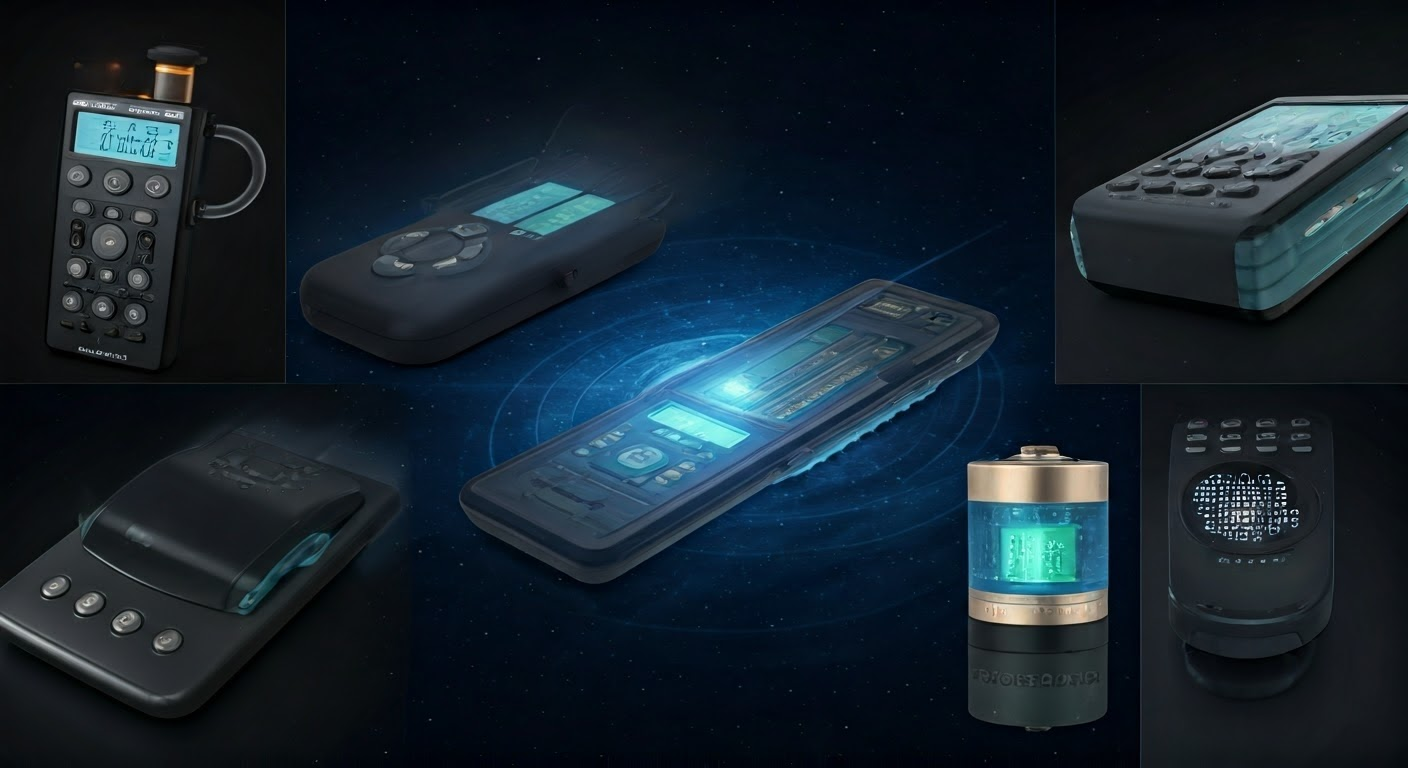
The use of LiMnO2 and LiSOCl2 batteries has grown in many industries. This shows how useful and important they are for powering the modern world. You can find these batteries in everyday gadgets and high-tech medical equipment. They help keep these devices working well and reliably.
Now, let’s look at some common uses for LiMnO2 and LiSOCl2 batteries. They are now essential power sources that show how much they affect our daily lives and many different industries.
Industry Applications of Primary Lithium Batteries
In industry, primary lithium batteries are important. Batteries like LiMnO2 and LiSOCl2 last a long time and are reliable. Many businesses need power sources that don’t need much maintenance, especially utility metering, remote monitoring, and safety tools.
Electronic meters record gas, water, and electricity use. They need power that lasts for years without failure. LiSOCl2 batteries are a great fit because they last long and have low self-discharge rates, reducing the need to change them often.
- Medical equipment: Devices like pacemakers and defibrillators rely on LiMnO2 batteries. These batteries provide stable voltage and handle the tough inner environment of the body.
- Automotive telematics: LiSOCl2 batteries power car systems for GPS tracking, toll collection, and remote diagnostics. They are great for this because they work well over a wide range of temperatures and last a long time.
Daily Uses of Primary Lithium Batteries
Beyond industrial use, primary lithium batteries are part of our daily lives. They quietly power many devices that we often overlook. You can find them in car key fobs and smoke detectors. They make our lives easier and safer.
LiMnO2 batteries are good at providing short bursts of energy. This makes them popular in devices that need short-term power, like:
- Remote controls: Televisions, sound systems, toys, and other home electronics use LiMnO2 batteries in their remotes. They are great because they last a long time and can handle quick energy bursts needed for signals.
- Home alarm systems: Things like door sensors, motion detectors, and remote control alarms use LiMnO2 batteries for backup power. This helps them keep running, even if the power goes out.
- Meters: Smart Water and Electric Meters
On the other hand, LiSOCl2 batteries are known for lasting a long time. They are perfect for devices that need steady power, like smoke detectors, carbon monoxide detectors, and water leak detectors.
Hot Sell Models of LiMnO2 and LiSOCl2 Batteries
At Pkcell, we offer a wide selection of LiMnO2 and LiSOCl2 batteries. These batteries meet many power needs in different uses. We focus on quality, so our batteries are safe, reliable, and work well.
Check out our best-selling models, created for today’s electronics. Each product datasheet has all the details you need. You will find technical information, sizes, and performance graphs. This helps you make smart choices. Plus, enjoy our low prices and free shipping. Pkcell is your main place for all your primary lithium battery needs.
| Model | Size | Nominal Voltage (V) | Nominal Capacity (mAh) | StandardedCurrent (mA) | Continuous Discharge Current (mA) | Pulse Discharge Current(mA) |
| ER10450 | AAA | 3.6 | 800 | 1.0 | 25.0 | 60.0 |
| ER14250 | 1/2 AA | 3.6 | 1200 | 0.5 | 20.0 | 45.0 |
| ER14335 | 2/3 AA | 3.6 | 1650 | 0.7 | 75.0 | 150.0 |
| ER14505 | AA | 3.6 | 2400 | 1.0 | 100.0 | 200.0 |
| ER18505 | A | 3.6 | 3500 | 1.0 | 100.0 | 200.0 |
| ER26500 | C | 3.6 | 9000 | 2.0 | 200.0 | 400.0 |
| ER34615 | D | 3.6 | 19000 | 3.0 | 200.0 | 400.0 |
| ER9V | 9V | 3.6 | 1200 | 1.0 | 50.0 | 100.0 |
Why Choose Pkcell?
With many years in the lithium battery business, Pkcell has become a trusted leader. We provide high-quality LiMnO2 and LiSOCl2 batteries that meet the needs of our customers.
We are proud to offer great quality service, ensuring your experience with us is excellent. Our batteries are designed for optimal performance and have a year shelf life and strong reliability. When you choose Pkcell, you can relax knowing you have a dependable power source for your important needs.
Conclusion
In conclusion, it is important to understand the details of primary lithium batteries like LiMnO2 and LiSOCl2. These batteries have special features that are important for both industry and daily use. Knowing the differences between these two types helps you pick the right battery for your needs. When choosing a battery, consider how long it lasts, how it works in extreme temperatures, and its benefits. If you want reliable and high-quality lithium batteries, choosing Pkcell is a good option. You will find the best products for your needs. If you want to buy these batteries, just contact us for quotes.
Frequently Asked Questions
1. How Do Temperature Extremes Affect LiMnO2 and LiSOCl2 Battery Performance?
Both LiMnO2 and LiSOCl2 batteries can work in a wide range of temperatures. Still, very high or very low temperatures can affect how they perform. For example, too much heat can make them wear out faster. In very cold conditions, they might not work well or could cause device trouble. To keep your batteries in good condition, it is a good idea to use a temperature sensor. This helps ensure optimal performance by keeping them within their recommended temperature range.
2. What are the advantages of using lisocl2 batteries?
LiSOCl2 batteries have a high energy density and a long shelf life. This makes them a great choice for low-power consumption devices that need continuous discharge over a long time. They can also handle a wide range of temperatures, which adds to their usefulness in tough situations.
3. How long does a lisocl2 battery typically last compared to other types of batteries?
LiSOCl2 batteries are famous for their long shelf life, often a year or even longer. However, this can change depending on the battery’s loading voltage, its use, and the different brands.
4. What factors should be considered when choosing a manufacturer for lisocl2 batteries?
When choosing a LiSOCl2 battery maker, focus on ones with many years in the lithium battery business. Look for companies that care about quality service and have a history of providing the highest levels of customer satisfaction.
5. What is the shelf life of lithium SOCl2 batteries?
Lithium SOCl2 batteries usually have a shelf life of 10 +year. If stored in special conditions, they can last even longer. The way you store them is very important. Keeping them in cool and dry places helps keep their standard voltage and passivation characteristics.

 USB Rechargeable Lithium Battery
USB Rechargeable Lithium Battery
